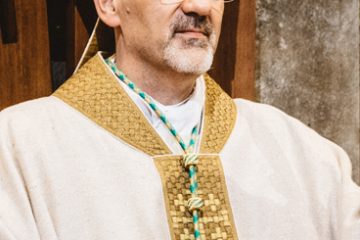The Global Influence of the Mormon Church

Introduction
The Church of Jesus Christ of Latter-day Saints, commonly known as the Mormon Church, has played a significant role in shaping communities, cultures, and societies worldwide. Founded in 1830 in the United States, it has grown to become a major religious movement with millions of followers. Understanding the church’s practices, beliefs, and its contemporary relevance is crucial in today’s multicultural landscape, especially as it actively engages in humanitarian efforts and interfaith dialogues.
Growth and Demographics
As of 2023, the Mormon Church reports a membership of over 16 million worldwide, with substantial congregations in the United States, Mexico, and Brazil. Areas such as the Philippines and various countries in Africa are also experiencing significant growth. This expansion is driven by missionary work and a global outreach strategy that focuses on community development and social issues, reflecting the church’s commitment to service.
Recent Events and Initiatives
In recent years, the Mormon Church has made headlines for its various initiatives aimed at combating social issues. In 2023, the church announced an increase in its humanitarian efforts, pledging millions for disaster relief and famine relief programs globally. Events like the annual ‘Days of Service’ promote volunteerism among its members, encouraging them to engage with local communities regardless of religious affiliations.
Additionally, the church has made strides in fostering interfaith relationships. Recent dialogues with leaders from other faiths aim to address pressing societal issues such as mental health, poverty, and inequality, showcasing the church’s receptiveness to collaborative efforts in promoting humanitarian values.
Cultural Impact and Perceptions
Despite facing stereotypes and misconceptions, the Mormon Church continues to influence arts and education through various initiatives, including scholarships for students and support for cultural projects that highlight the contributions of its members. However, it still grapples with controversies regarding its historical practices and beliefs, sparking ongoing debates about its role in contemporary society.
Conclusion
The Mormon Church demonstrates a unique balance of maintaining traditional beliefs while actively participating in modern societal discussions. As it continues to expand globally, the church has the potential to make a significant impact on worldwide humanitarian efforts and cultural dialogues. For readers, understanding the workings and motivations behind the Mormon Church not only enriches one’s perspective on a significant world religion but also highlights how religion can evolve to address contemporary challenges and contribute positively to society.









